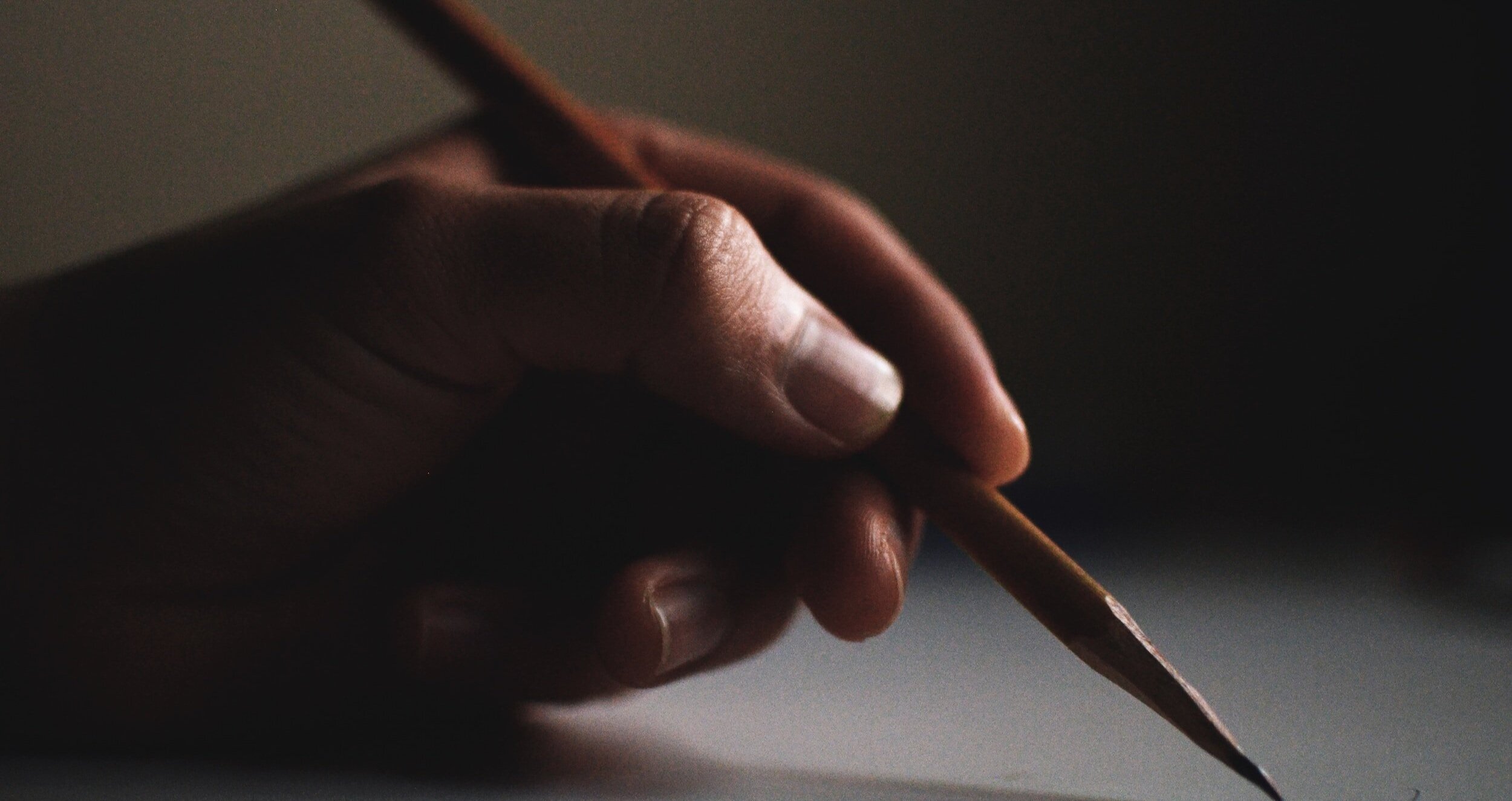
Skier’s Thumb
Skier’s Thumb (Thumb UCL Injury)
A Common Thumb Injury in Skiers and Athletes
If you’ve fallen on the slopes, gone OTB on your mountain bike or jammed your thumb catching a ball and now have pain at its base, you might have what’s known as Skier’s Thumb—a tear of the ulnar collateral ligament (UCL) that stabilizes your thumb joint.
This injury can make it painful or nearly impossible to grip, pinch, or hold objects. Left untreated, it can lead to chronic weakness or arthritis at the thumb’s base joint.
Dr. Chris English, a board-certified orthopedic hand surgeon in Layton, Utah, specializes in diagnosing and treating Skier’s Thumb to help you return to skiing, sports, and daily activities quickly and safely.
What Exactly Is Skier’s Thumb?
Skier’s Thumb happens when the thumb is forcibly pulled away from the hand—a motion common when you fall while holding a ski pole or when the thumb is struck during sports.
This stretches or tears the ulnar collateral ligament (UCL), which normally keeps your thumb stable during grip and pinch.
When the ligament completely tears, it can even fold under nearby tissue (a Stener lesion), preventing it from healing properly on its own.
Common Symptoms
Pain and swelling at the base of the thumb (MCP joint)
Bruising or tenderness along the inside of the thumb
Weakness when pinching or gripping
A loose or unstable feeling when moving the thumb
Trouble holding objects such as keys, ski poles, or a steering wheel
If you notice these symptoms after an injury, it’s best to have your thumb evaluated promptly.
How It’s Diagnosed
Dr. English will examine the thumb for swelling, tenderness, and stability.
He may order X-rays to rule out small bone fractures. Advanced imaging such as an Ultrasound or an MRI if a complete ligament tear is suspected.
An early diagnosis is important—especially if surgery is needed to restore normal function.
Treatment Options
Non-Surgical Care
Partial UCL tears can often heal without surgery using:
A thumb spica cast worn for 6 weeks, in very mild cases a thumb brace may be appropriate
Gradual physical therapy to restore motion and strength
Ice, rest, and anti-inflammatory measures
Surgical Repair or Reconstruction
Surgery is recommended for complete tears or Stener lesions.
Performed as an outpatient procedure under anesthesia
The torn ligament is repaired back to the bone with suture anchors. In chronic cases a graft may need to be used if ligament is excessively retracted
Therapy begins after immobilization to regain motion and grip strength
Dr. English performs these procedures using precise, minimally invasive techniques that preserve motion and speed recovery.
Recovery Timeline
Most patients:
Wear a cast or brace full time 6 weeks
Begin therapy after immobilization
Return to sports or skiing by 12 weeks, depending on healing
With proper treatment, patients typically regain full strength, motion, and thumb stability.
When to See a Hand Specialist
If you’ve had a fall or impact to your thumb and feel pain, swelling, or looseness, don’t wait.
Early treatment prevents long-term issues like instability or arthritis.
Dr. Chris English provides expert care for hand and wrist injuries across Layton, Ogden, Bountiful, and the Salt Lake City area.
👉 Schedule a Consultation or call (801) 773-4840 to get started.
Frequently Asked Questions
Can Skier’s Thumb heal without surgery?
I depends. I complete, retracted tear will not heal correctly without surgery. A partial, non-retracted tear can often heal with bracing and therapy.
How long until I can ski again?
Most patients return to skiing in about 10–12 weeks after a successful repair and rehabilitation program.
Will my thumb feel normal again?
With proper treatment and therapy, most patients regain functional motion and grip strength without long-term limitations.